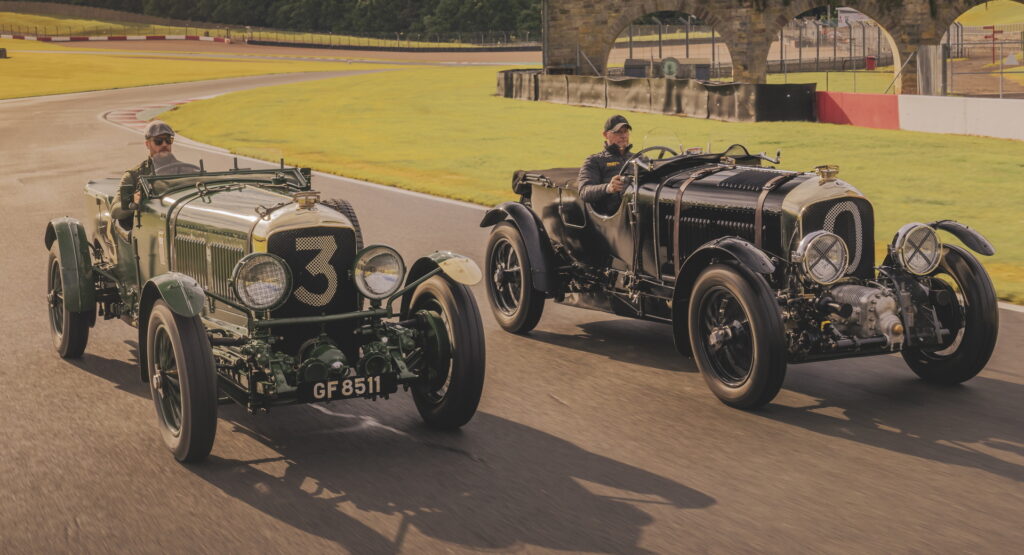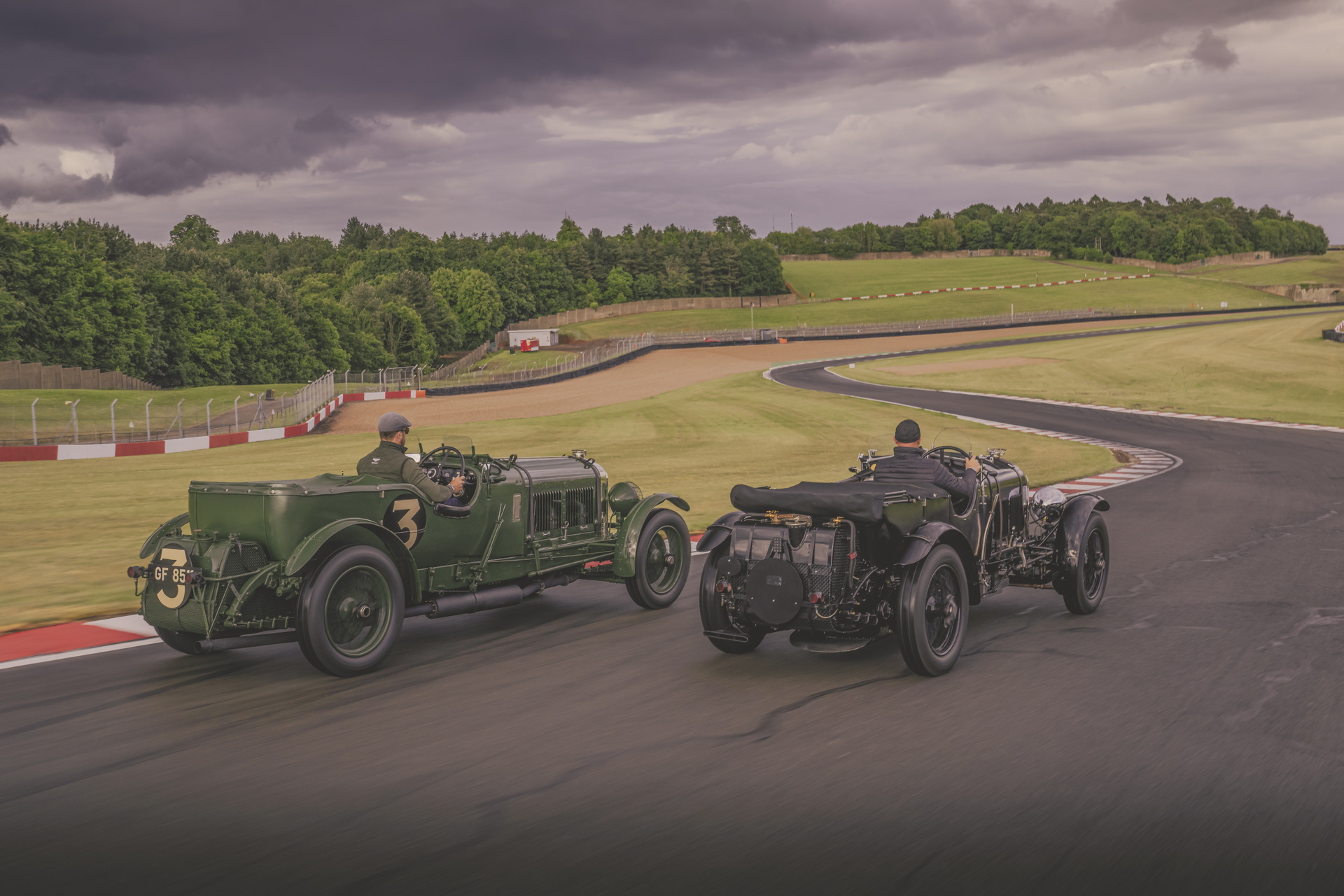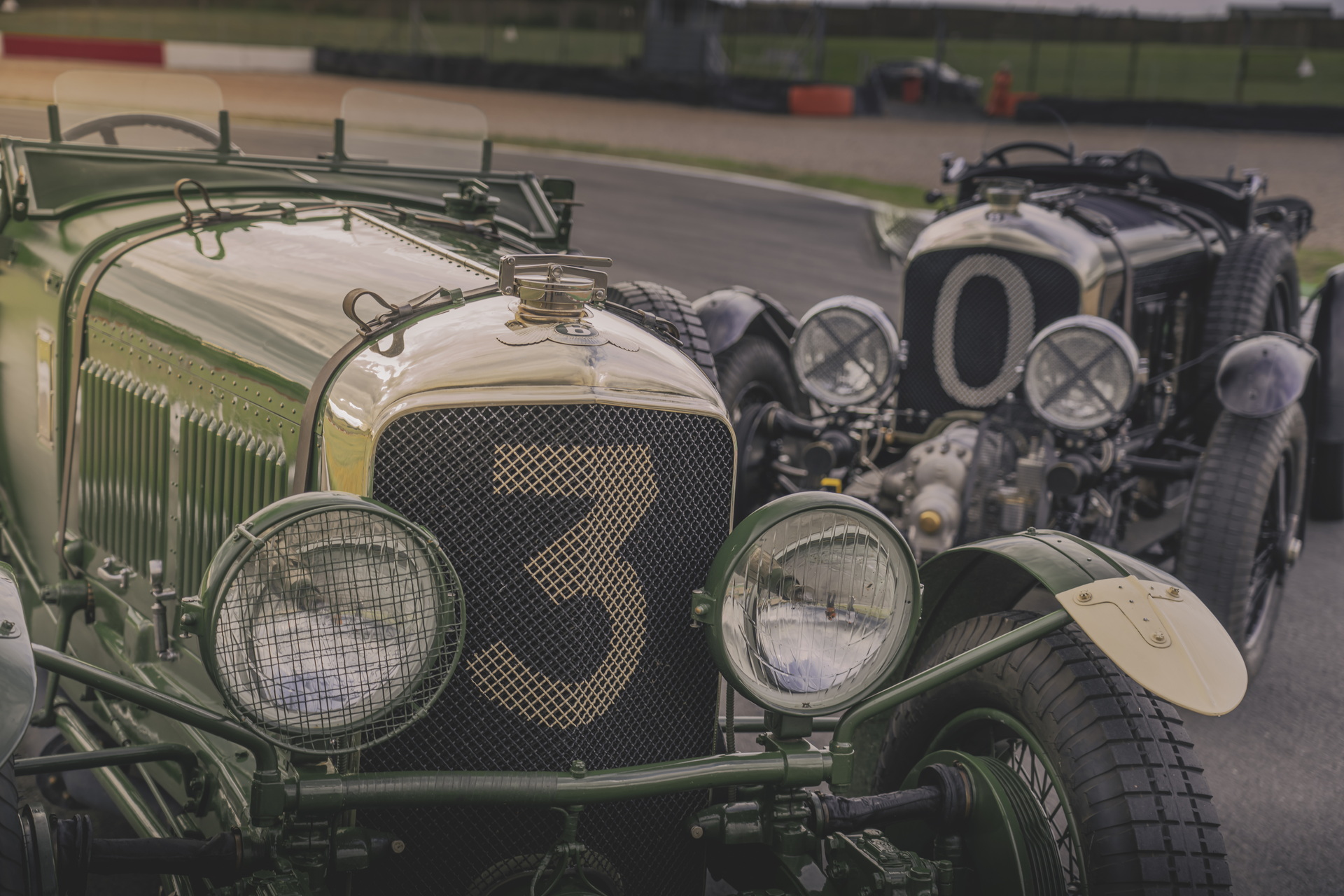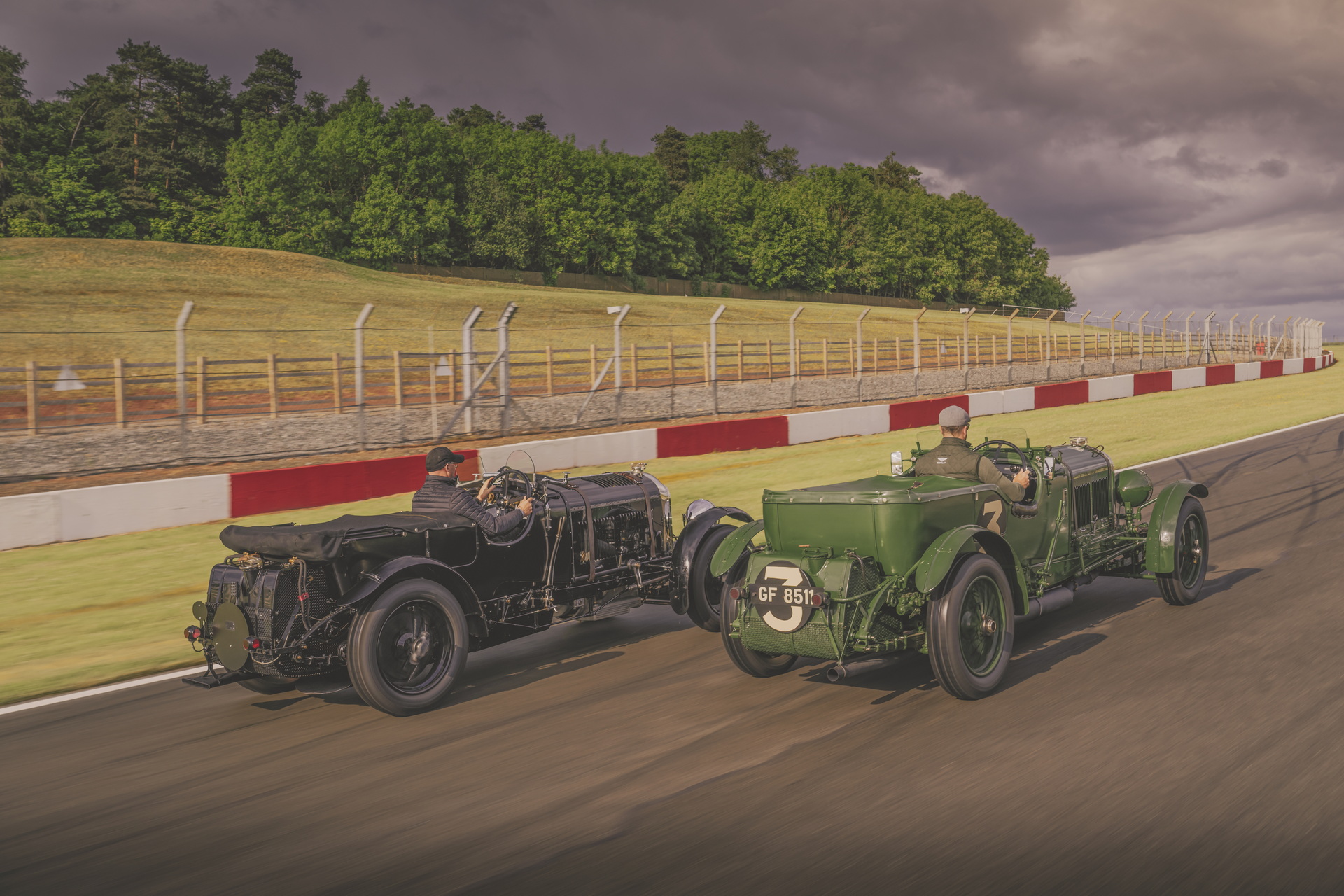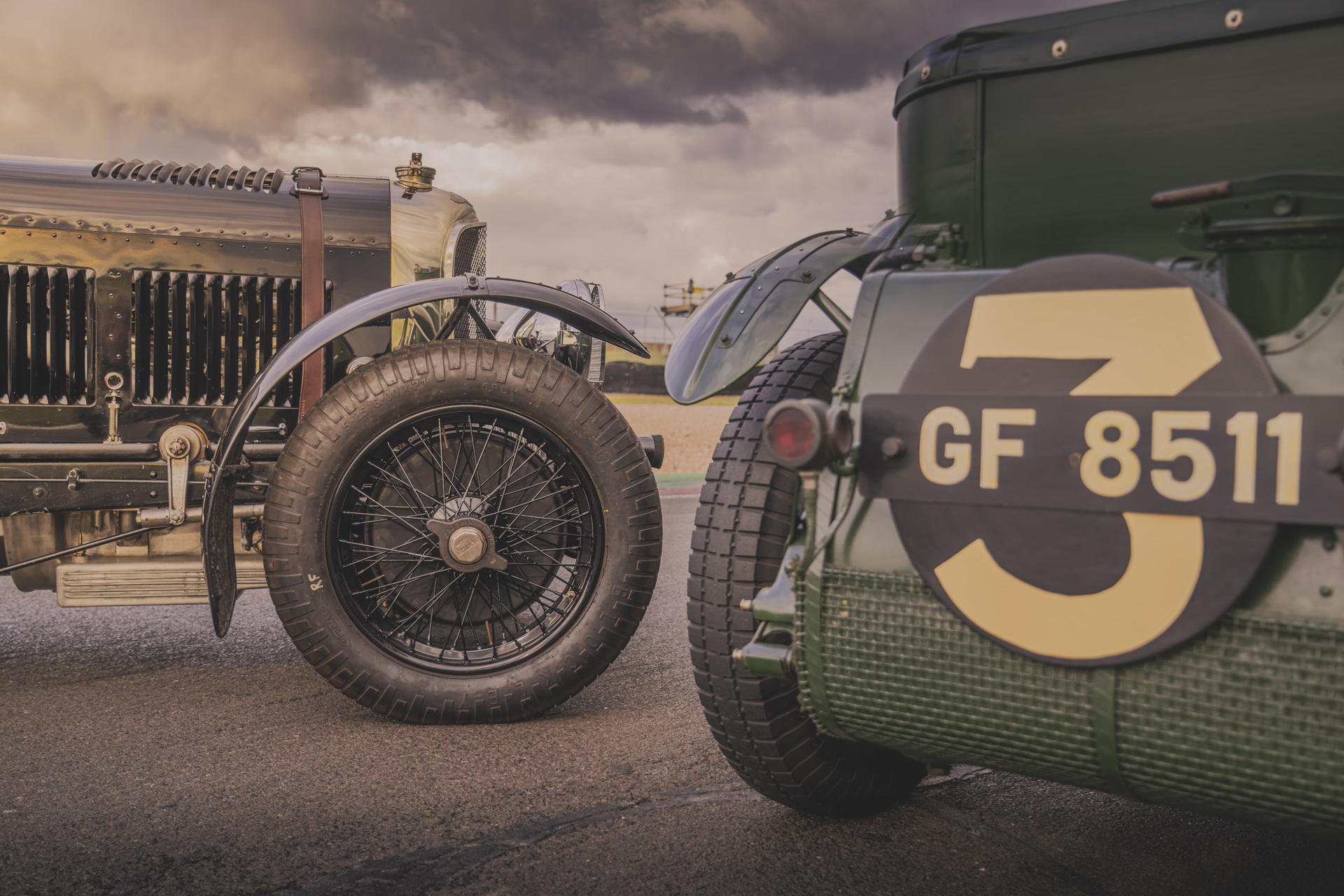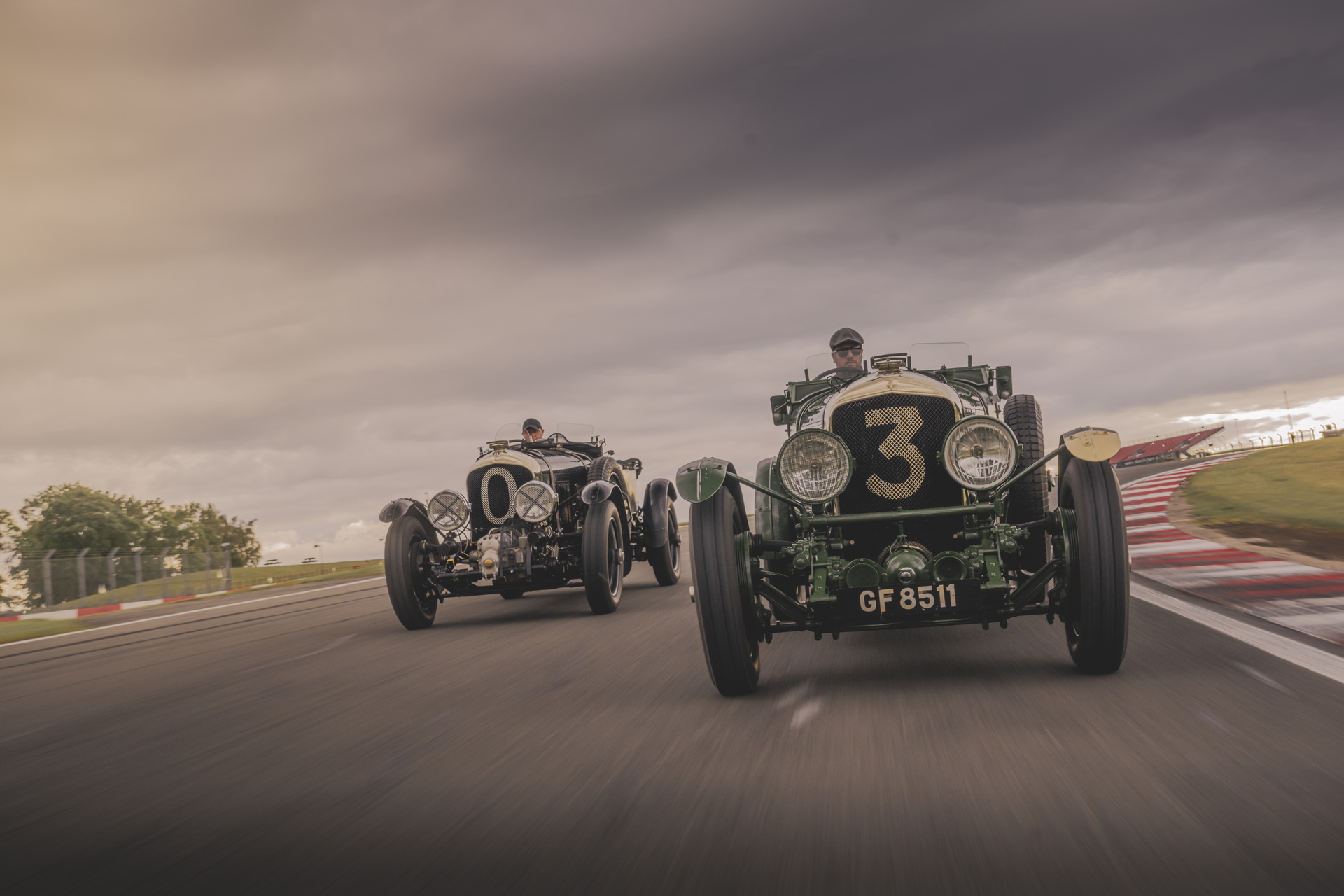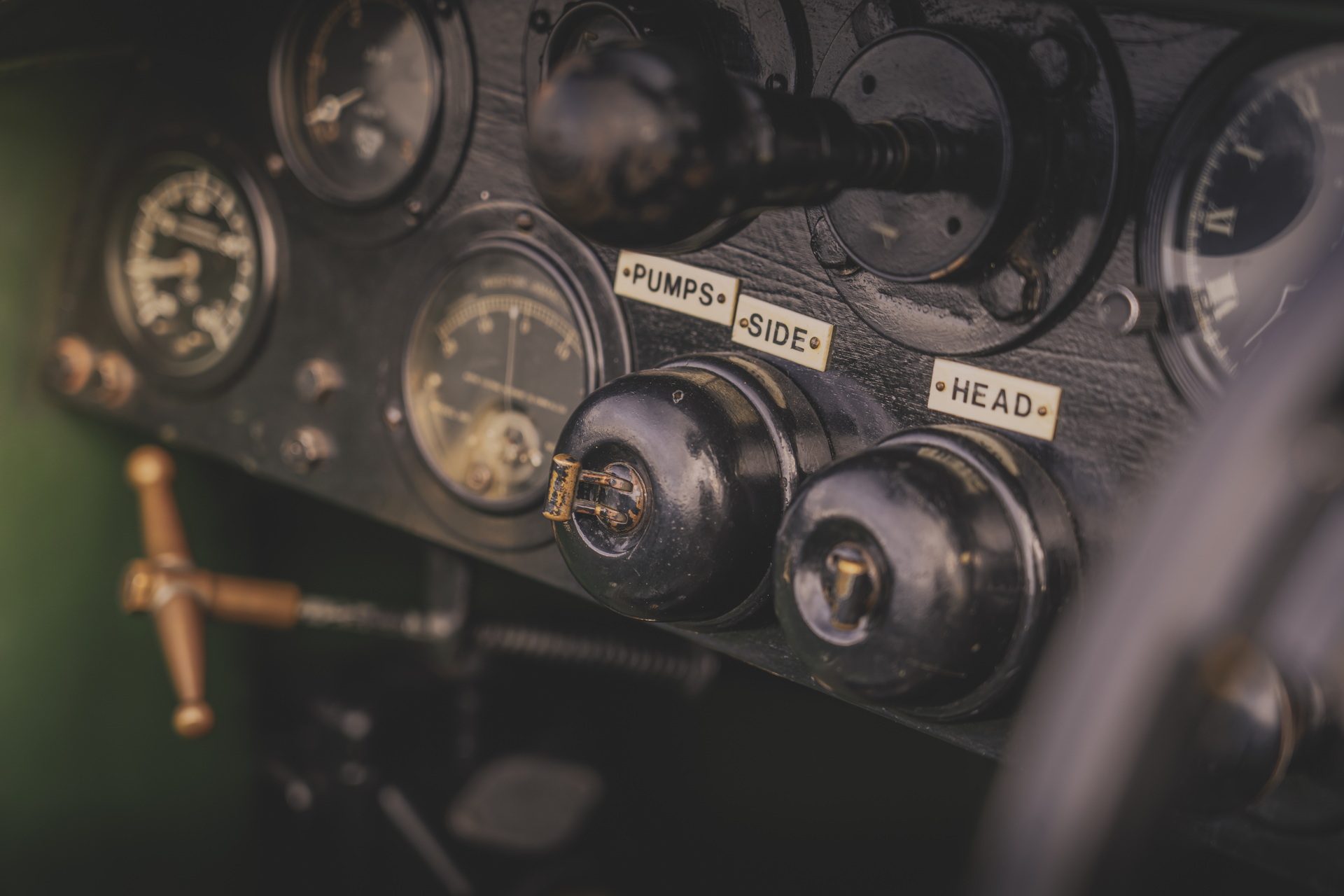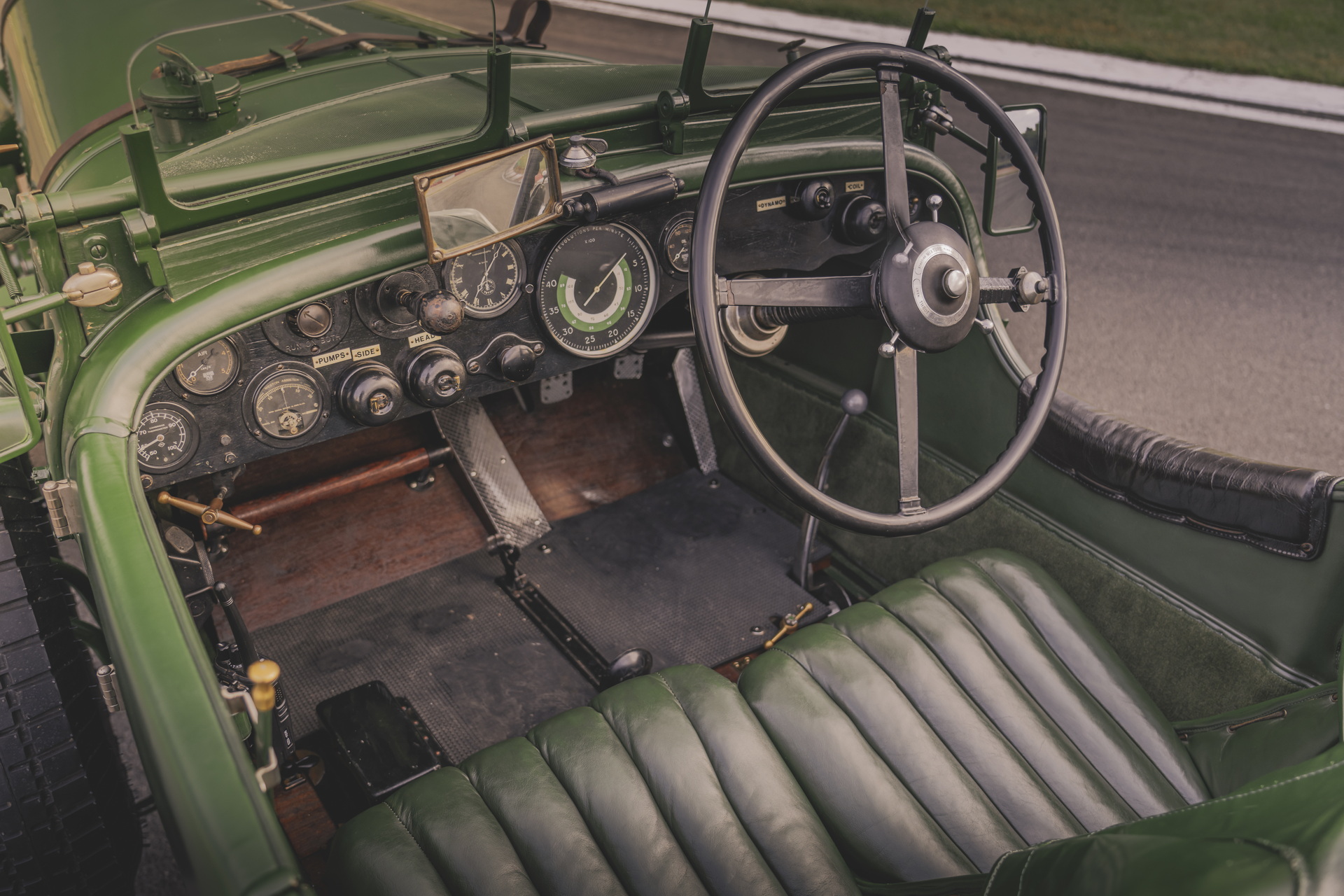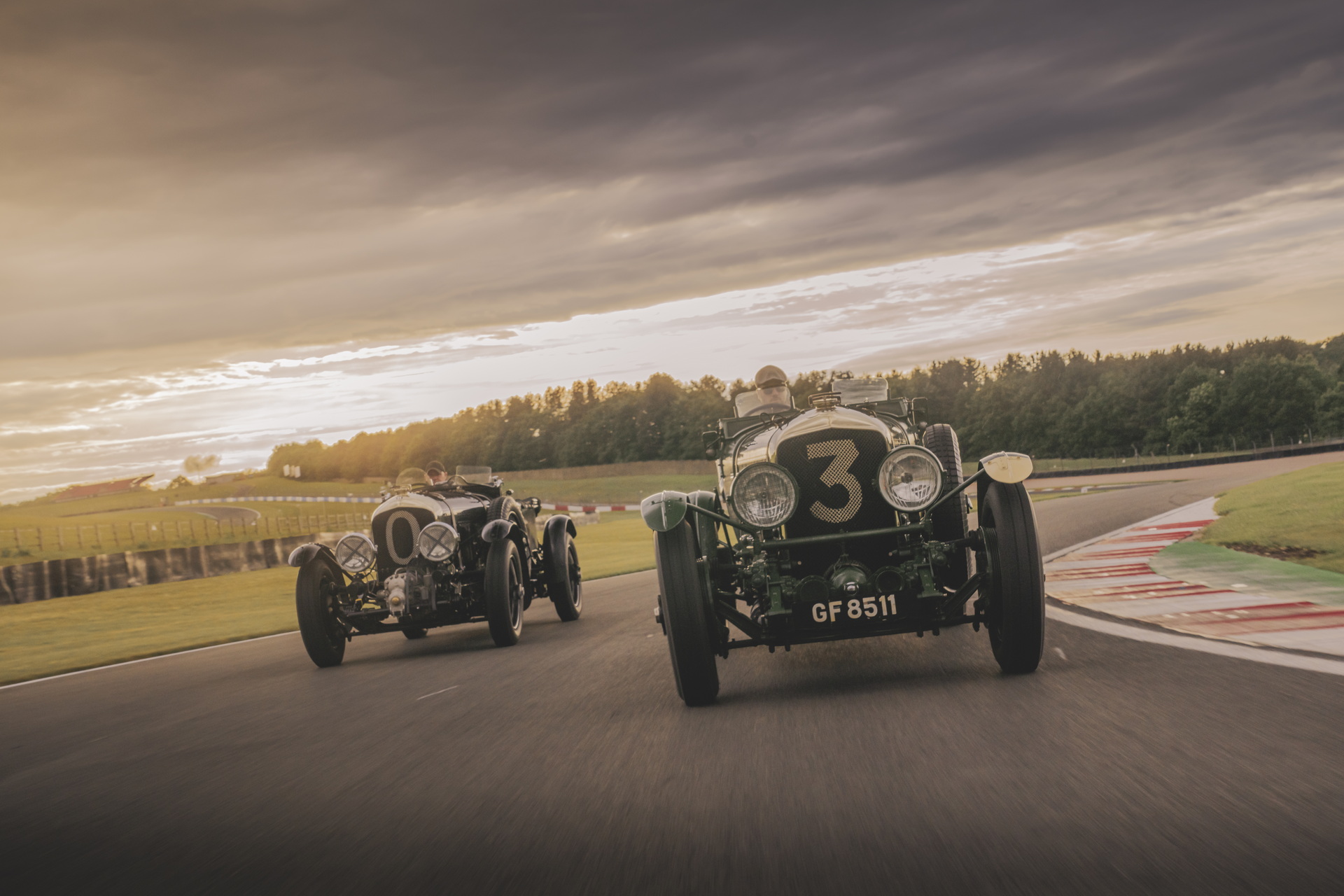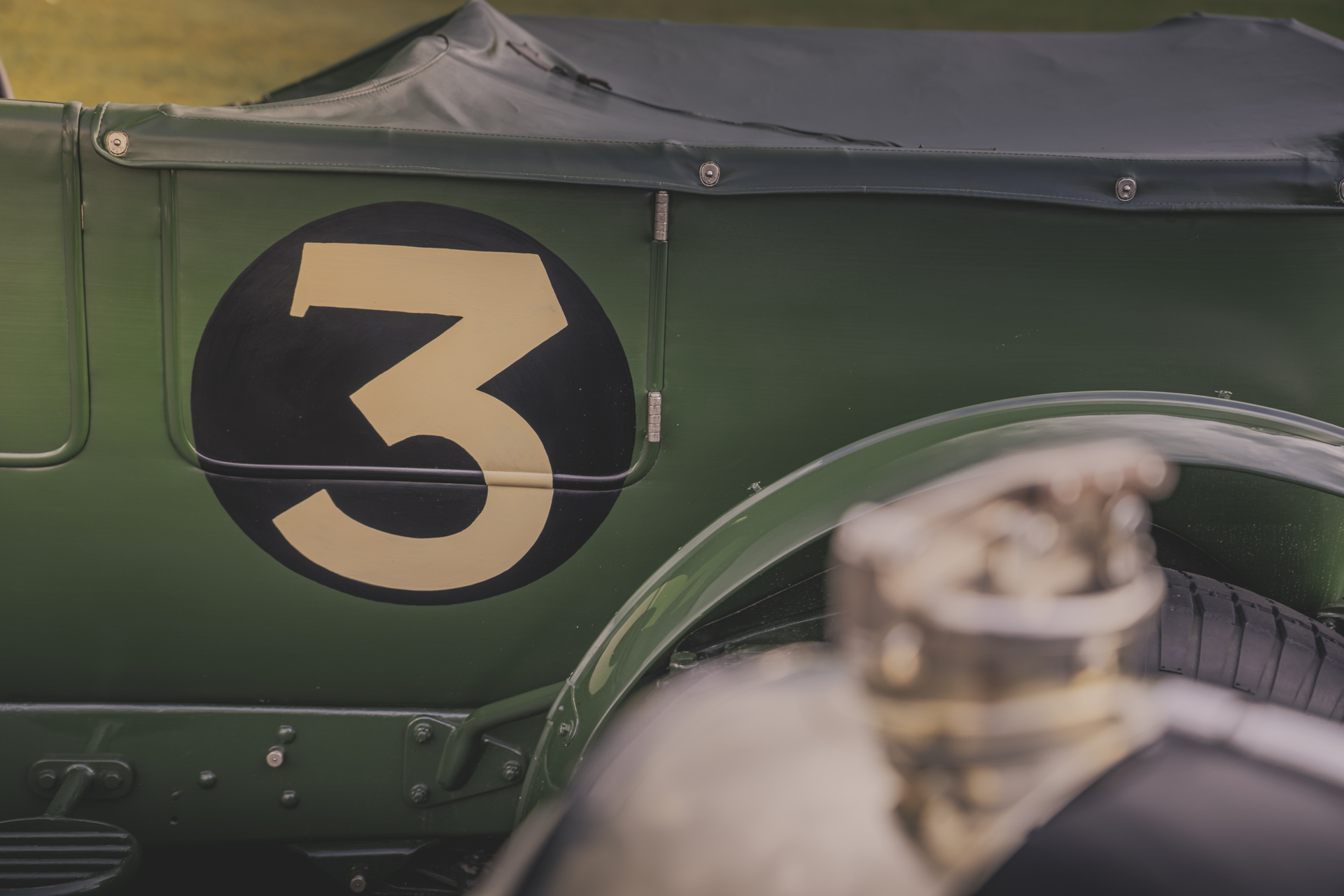Bentley’s in-house customization house, Mulliner, has been tasked yet again with creating brand-new versions of historic cars. This time, the team will build 12 continuation Speed Sixes.
Joining the famous Bentley Blowers that were built to original spec in 2020, these new continuation specials will be made with obsessive attention to detail. Not only is this new project intended to bring new Speed Sixes into the world (and lots of money into Bentley’s coffers), the company says it also wants to take advantage of, and help expand upon the enormous amount of knowledge Mulliner’s craftspeople gained while making the Blowers.
“After incredible levels of skill were acquired by the Mulliner team through the development of the Blower Continuation Series, and with the success of the cars with their customers, a chance to honor the Speed Six is a fantastic next step,” said Adrian Hallmark, Bentley’s CEO. “It’s vital that we protect, preserve and develop not just this important part of our heritage, but also the knowledge we’ve gained through working with these classic Bentleys.”
Read Also: Pre-War Bentley Blower Is Being Reborn In A Limited Production Run
Indeed, the car is legendary in the annals of Bentley history as its most successful racer. The Speed Six won the 24 Hours of Le Mans twice, in 1929 and 1930, at the hands of Woolf Barnato, Glen Kidston, and Sir Henry “Tim” Birkin.
An improved version of the 1926 6½ Litre Bentley, the Speed Six was developed as a result of W.O. Bentley’s conviction that displacement was a better route to power than the supercharging of the Bentley 4½-liter engine that powered the Blower.
In base form, the engine had a Smiths five-jet carb, twin magnetos, and a compression ratio of 4.4:1. That allowed it to deliver 147 hp (110 kW/149 PS) at 3,500 rpm. The Speed Six was introduced in 1928 and the engine was improved to make 180 hp (134 kW/180 PS). Finally, the racing version (which Bentley will seek to replicate) was further improved with a compression ratio of 6.1:1, which helped it deliver 200 hp (149 PS/203 PS).
The engine was then mounted to the shortest chassis Bentley made for the Speed Six, which measured in at 132 inches (3,353 mm). The improvements allowed the car to cut 46 seconds off the Le Mans lap record to round the circuit in 7:21. Covering 1,767 miles (2,844 km) during the 24-hour event, the car set a distance record that would not be matched for another 30 years.
One of the cars entered into the 1930 race was used as a reference point for Mulliner in recreating its continuation cars. Still street legal, the car, known affectionately as “Old Number 3,” races at historic events to this day.
The company also used a road car from 1929 that wore Vanden Plas bodywork that was identical to the race car’s. In addition to these full cars, the team will also use the original blueprints to create a 3D CAD model of the Speed Six before starting construction of the first prototype.
That Speed Six continuation car will be built in the second half of this year and will be kept by Bentley. The 12 cars it is selling, meanwhile, will be built afterwards. No price has been revealed, but it doesn’t really matter since all of them are already spoken for.




